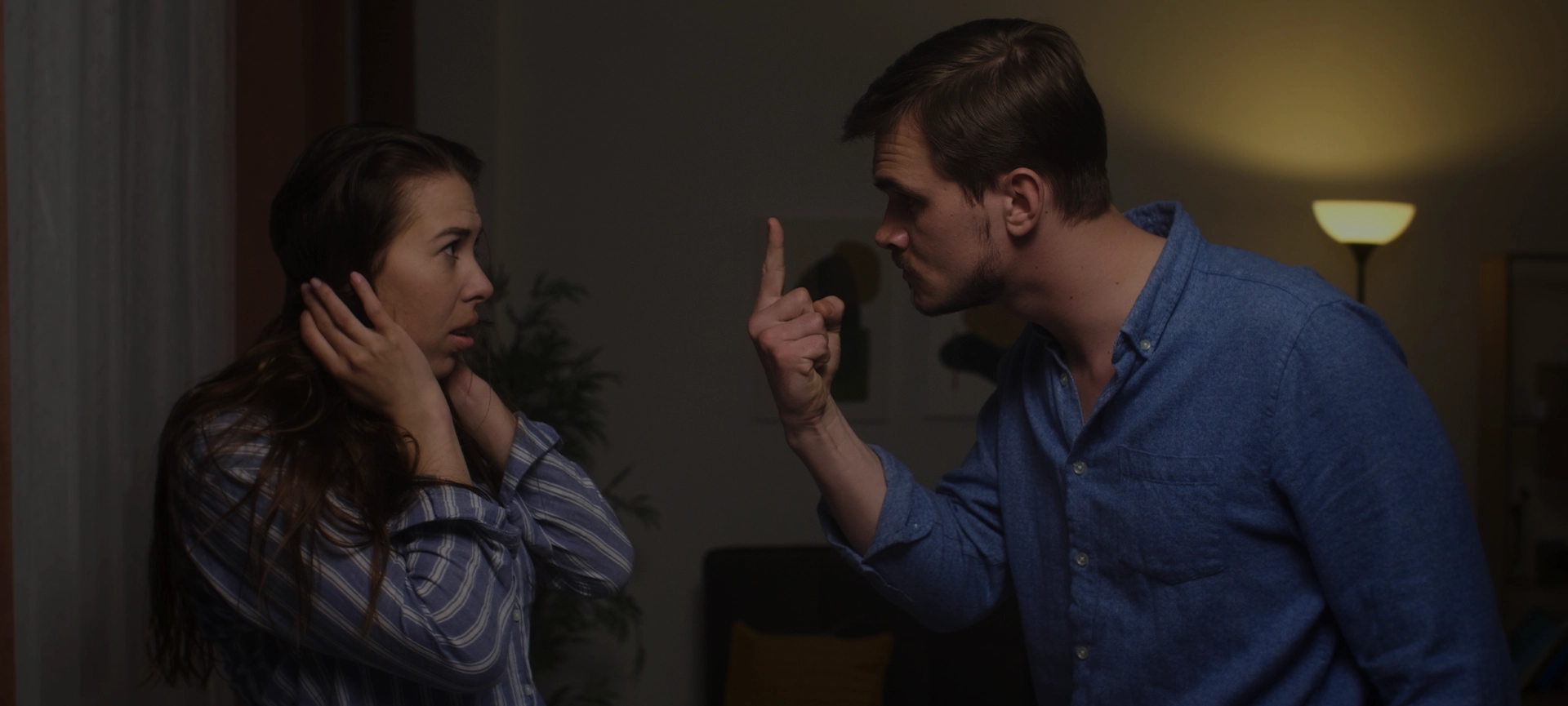Last week, the Supreme Court of Canada ordered a new trial for Peter Khill, who shot and killed an Indigenous man, Jonathan Styres, breaking into his truck in 2016. In the 8-1 decision, the top court ruled that the trial judge failed to adequately instruct the jury on the principles of self-defence to consider the accused’s conduct throughout the entire incident leading up to the shooting.
However, some defence lawyers are hanging onto the words of the lone dissenter, Justice Suzanne Côté, who wrote that Khill’s acquittal should have been restored.
[…]
Michael Spratt, a partner at Abergel Goldstein & Partners LLP in Ottawa, acknowledges Côté’s point that jury instructions can’t be perfect. But trial judges need to strive for perfection because juries don’t give reasons, he says.
“If it is a black box that spits out an answer, the only control and the only review we have is the input into that black box,” says Spratt. “In this case, I would have to respectfully disagree with Justice Côté on whether this instruction was close enough to perfection given the omission in the instruction […] It is quite arguable that it was not a complete and comprehensive enough instruction.”
Spratt adds that there needs to be a more regular review of the kinds of instructions that judges give to juries, whether with the standard templates provided by the Canadian Judicial Institute, or with the “gold standard” charge provided by Justice David Watt.
“Given its importance and how often Crown, defence and judges lean on that draft jury instruction, it’s probably something that we should have a committee or a transparent and accountable body review on an annual basis to make sure that it is the best possible jury instruction,” says Spratt.
Spratt says that some judges lean so heavily on Watt’s instruction that he’s seen jury instructions that “looked great, but when it was read out, they included the “insert evidence here.”
[…]
Read Dale Smith’s full article: CBA National




